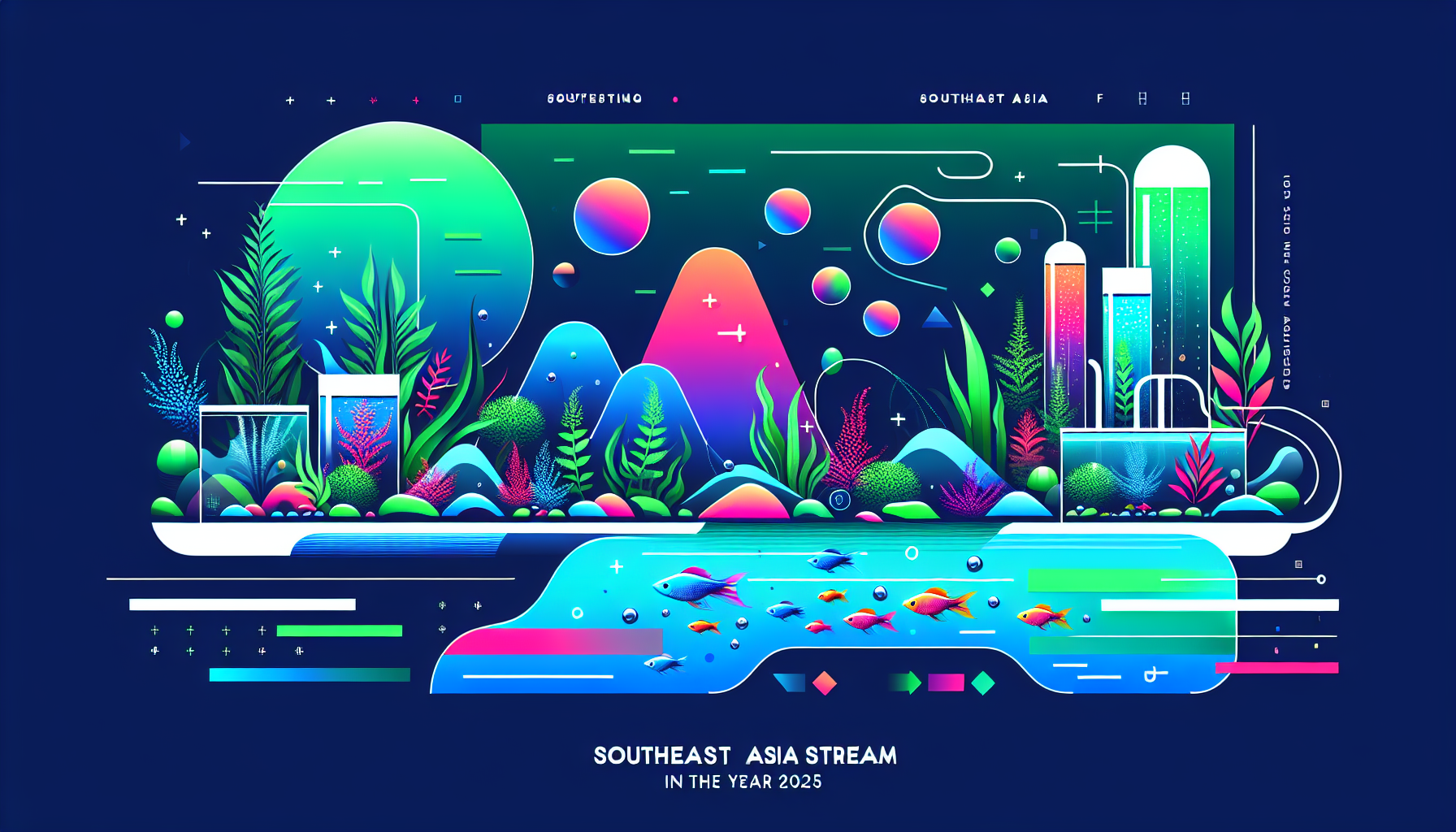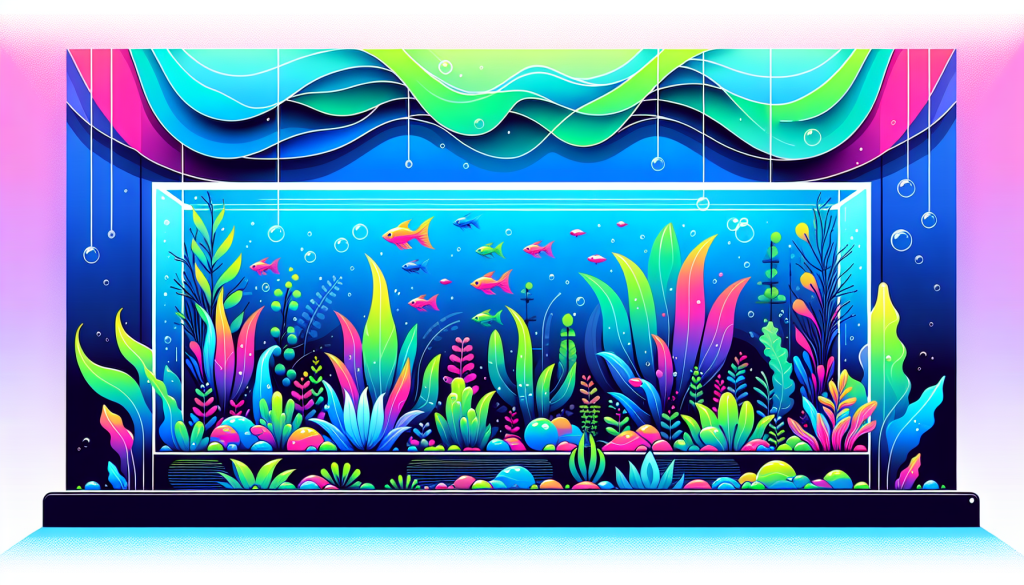Expert Tips for Southeast Asia Stream in 2025
Transform your aquarium with the vibrant beauty of a Southeast Asia Stream aquascape. In 2025, this theme continues to captivate aquascaping enthusiasts with its focus on bio-diverse plant life, naturalistic layouts, and lively aquatic life. Whether you’re planning your first Southeast Asian setup or refining your skills, our expert tips will guide you through every step for a truly stunning tank.
Understanding the Southeast Asia Stream Biotope
A Southeast Asia Stream aquascape mimics the lush, fast-flowing waterways found across Malaysia, Thailand, Indonesia, and Vietnam. Characterized by smooth stones, tumbled driftwood, sandy or gravelly substrates, and a diverse array of aquatic plants and fish, this style aims to recreate nature’s unmatched artistry inside your tank.
Why Choose a Southeast Asia Stream Aquascape?
- Natural Beauty: Captures lush, flowing habitats teeming with life.
- Biodiversity: Showcases unique plant and fish species endemic to Southeast Asia.
- Challenge & Reward: Provides creative opportunities for all skill levels in aquascaping techniques.
Essential Aquarium Equipment for 2025
Staying up-to-date with the latest technology ensures a healthy, low-maintenance Southeast Asia Stream aquarium.
- Tank Size: At least 60 liters (15 gallons) to allow for a dynamic layout and active schooling fish.
- Filtration: Powerful external or canister filters to mimic natural water movement—consider brands with efficient biological media and adjustable flow.
- Lighting: Full-spectrum LED lighting tailored to planted tank needs, with adjustable color temperature and intensity for optimum plant growth.
- Heater: Maintain temperature between 22–28°C (72–82°F) typical of Southeast Asian waters.
- CO₂ Injection: Pressurized systems help lush aquatic plants thrive, especially in densely planted layouts. Learn more about CO₂ injection for aquascapes.
Hardscape & Substrate: Laying the Foundation
Choosing Stones and Driftwood
Opt for smooth river stones (like Seiryu stone or locally sourced pebbles) and twisty driftwood (such as Malaysian or spider wood). These elements provide the flowing, dynamic feel of Southeast Asia’s stream beds.
Substrate Recommendations
- Sandy Base: Use light brown or beige aquatic sand for authenticity.
- Enriched Layer: Add a thin layer of nutrient-rich substrate beneath sand in plant-rich zones.
- Gravel Accents: Sprinkle fine, rounded gravel for textural interest and to anchor delicate plant roots.
Best Southeast Asian Aquatic Plants in 2025
Choose resilient, authentic species to bring your stream biotope to life:
- Cryptocoryne species (e.g., C. wendtii, C. balansae)
- Bucephalandra
- Microsorum pteropus (Java fern)
- Blyxa japonica
- Limnophila sessiliflora
- Pogostemon helferi
- Nymphaea lotus (for larger tanks)
Attach epiphytes like Bucephalandra and Java fern to driftwood and stones. Foreground and midground plants, such as Blyxa japonica and Cryptocoryne, simulate stream edges and shallow zones.
Stocking Your Stream: Southeast Asian Fish & Invertebrates
Give your aquascape life and movement with compatible fish and invertebrates native to Southeast Asia:
- Harlequin Rasboras (Trigonostigma heteromorpha): A peaceful, active schooling fish adding vibrant color.
- Chili Rasboras (Boraras brigittae): Ideal for nano and mid-size tanks.
- Licorice Gouramis (Parosphromenus spp.): Unique, colorful, and thrives in softly filtered streams.
- Siamese Algae Eater (Crossocheilus oblongus): Keeps algae in check.
- Glass Catfish (Kryptopterus vitreolus): Intriguing, transparent fish best kept in groups.
- Shrimp: Amano or Southeast Asian Caridina species for cleaning and biodiversity.
See our full guide to compatible tankmates for Southeast Asia biotopes.
Layout & Aquascaping Techniques for a Natural Stream
Hardscape Placement
Arrange stones and driftwood to create the appearance of a winding streambed. Place larger stones at the base, sloping upward and interspersed with tangled wood to mimic root systems. Leave open sand “paths” to reflect water flow, and plant densely along the edges and behind stones for depth.
Planting Tips for 2025
- Use taller stem and crypt species in the back and corners.
- Place epiphytes on wood and rocks at varying heights.
- Create small “islands” of stem plants or grasses (such as Blyxa) to break up open space.
- Trim plants regularly for a tidy, flowing appearance.
Maintenance and Care
Regular maintenance ensures a thriving, low-algae Southeast Asia Stream aquascape:
- Weekly water changes: 30–40% to maintain pristine conditions.
- Leaf and algae removal: Use a soft-bristle brush for stones and driftwood.
- Filter maintenance: Rinse biological media monthly in tank water.
- Fertilization: Apply all-in-one liquid fertilizers or root tabs as needed.
- Routine plant trimming: Encourage bushy growth and prevent crowding.
Trending Features for 2025 Southeast Asia Stream Aquascapes
- Smart Controllers: Automate lighting and dosing for healthier plants.
- Interactive Monitoring Apps: Track water parameters on your smartphone.
- Sustainable Materials: Eco-friendly hardscape elements are on the rise.
- Natural Aquatic Algae Walls: Integrate controlled algae mats for extra realism.
Final Thoughts: Dive into Your 2025 Southeast Asia Stream
With the right combination of equipment, plants, fish, and natural hardscape, your Southeast Asia Stream aquascape can become a vibrant, tranquil focal point in your home. Embrace the trends and techniques of 2025, experiment with layouts, and don’t be afraid to add your unique touch.
Want more aquascaping wisdom? Explore our aquascaping tutorials for step-by-step guides and inspiration!
Ready to start your Southeast Asia Stream journey? Share your progress and questions with the Aquascaping Academy community—we can’t wait to see your creations!



